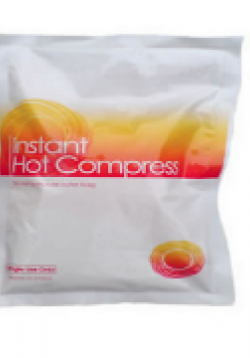Unit Plan - Chemical Differences in Emergency Energy Sources
Grades:
7-8
Description:
Students develop atomic and molecular models of energy resources, analyze combustion of various fuels and build circuits with Photovolatic (PV) modules to evaluate and suggest revisions to a disaster preparedness supply list. They then research and...
Energy Content:
+
-


